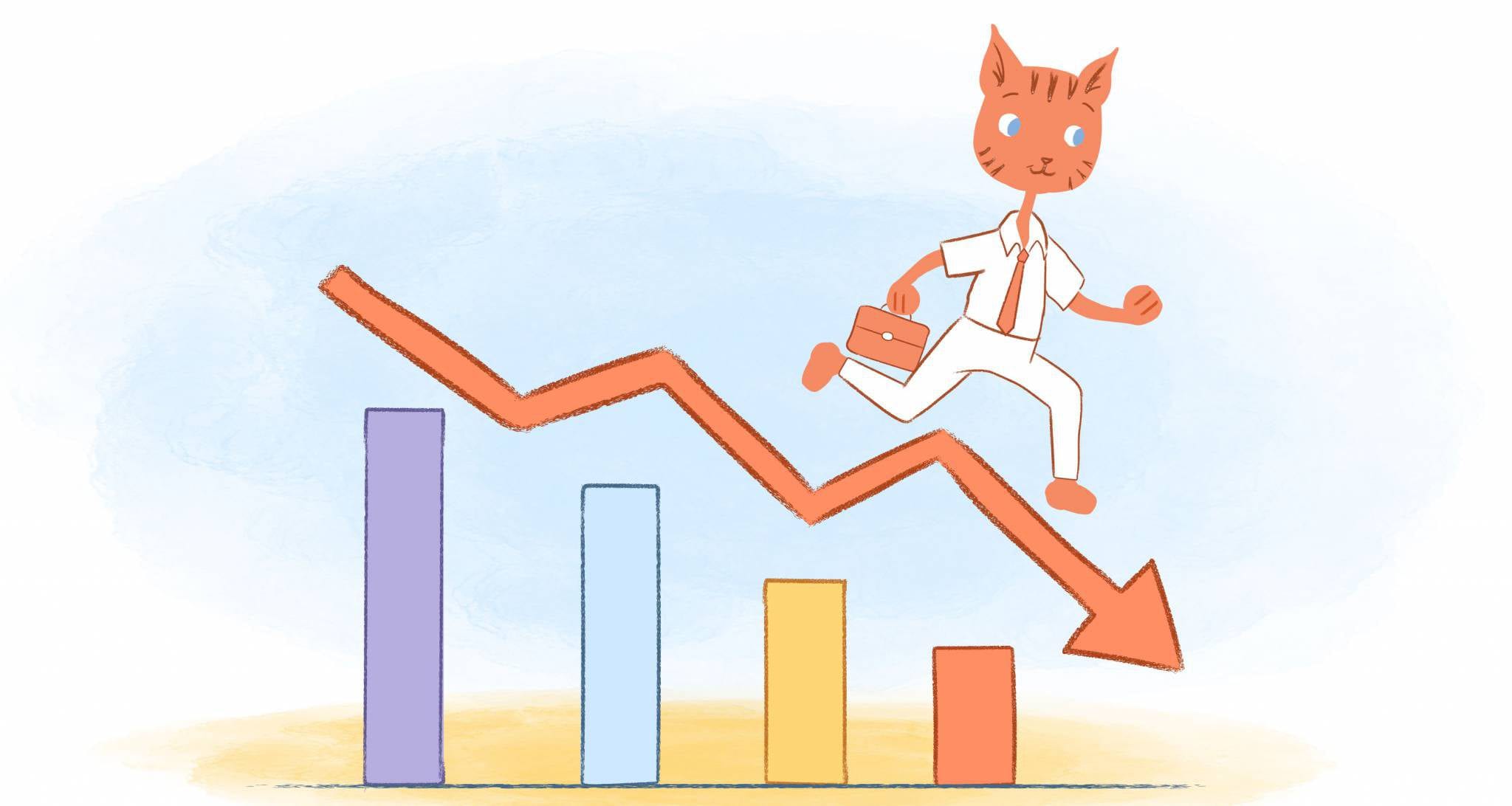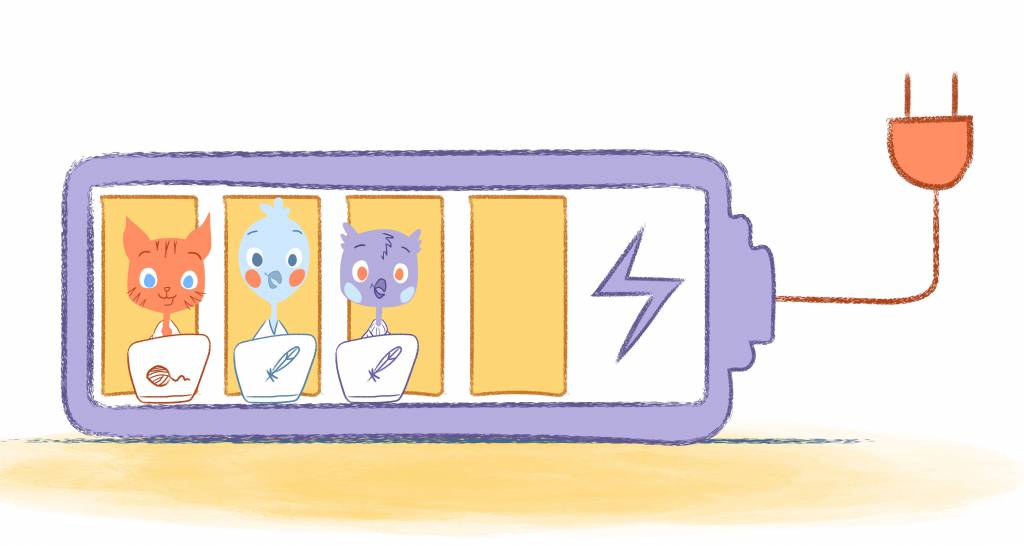

You’ve probably seen all the different types of calendars. Maybe you use one from time to time, tracking birthdays or other important events. Very few successful business people are without a calendar for tracking essential meetings and other day-to-day productivity items. Schools nowadays start even elementary kids with a calendar because the data says that people who use calendars are more productive and successful. But for some, calendars are little more than a wall decoration. However, when it comes to time management, ignoring your calendar means leaving a lot on the table.
Calendars are incredible tools that you can leverage to boost your productivity. They help keep you on track, on time, and on task. That way, you can work toward long-term goals with confidence that you’re making incremental yet significant progress.
You may be surprised to find how sophisticated calendars have become in recent decades. While physical calendars still have their place, digital ones provide more useful features than ever. Additionally, some calendars foster efficient collaborations between even the most disparate of teams.
To take your productivity to the next level, you must focus on time management. A calendar is an amazing tool for segmenting your time into small, manageable chunks. Read on to learn about a few different time management tactics you can leverage that rely on calendars.
Block Out Your Time
Multitasking is one of the greatest enemies of productivity. You may feel more productive when doing two or more things at once. But in the end, you still need to spend the appropriate amount of time focused on each respective task. Not only that, but you risk a fatigue called cognitive overload from switching tasks over and over. Rather than multitask, use your calendar to hone in on one objective at a time.
Time blocking is the practice of allocating specific blocks of time to certain tasks and activities. You can take advantage of time blocking to gain better control over your day and ensure each task receives the proper attention. By dedicating a chunk of time to a particular task you also decrease cognitive overload fatigue and increase focus. With zero distractions, you may even begin to enter flow states from time to time.
The good news is that time blocking can be as easy as it is effective. Simply determine what unit of time you’d like to use as a basis for your calendar. Hours are often the most effective as most people are familiar with measuring their time in hours. However, you could divide your time into uneven chunks, parts of the day, or even by theme. Practice with different units to see which works best for you based on the goals you want to accomplish.
When you eventually find a unit of time that works best for you, stick to it. This is one of the most essential keys to unlocking the full potential of time blocking. Sometimes, you may be tempted to ditch a task early or work overtime on another. But the more disciplined you are about sticking to a particular block, the more your calendar will work for you. Do your best to keep with it so you can get the most out of the time you put into scheduling your time.
Go Digital
Time blocking is a great way to begin your time management journey. It’s essentially the fundamental calendar skill that will let you take more control of your time and increase your productivity. However, as you begin, you may find that mapping out the hours and days isn’t always straightforward. It’s one that can end up taking a great deal of time in itself. This is especially the case if you’re using a traditional, physical calendar with tiny boxes you can hardly see.
Rather than create more work for yourself, ditch the kitten picture calendar for a versatile, efficient digital counterpart. Online calendars are highly flexible and customizable so you can adapt them to your specific needs. You can also use them to set reminders at various times and locations to keep your work on track. Additionally, you can access online calendars from most devices. That way, you won’t have to be physically nearby to rely on yours.
If you have a smartphone, there’s a good chance you already have a calendar baked right into your device. It will likely provide all the functions already mentioned and other app-specific features. However, your calendar’s not guaranteed to sync with all your devices automatically. Search for a calendar that lets you get the most out of the tech you already have.
A final reason to go digital is because it increases your potential to collaborate with others. It’s much simpler for friends, family, and coworkers to plan with you when they can easily see your schedule. If everyone doesn’t use the same calendar, collaboration may be trickier. Consider going a step further and adopting project management tools, especially if you’re in a group like an office team that frequently collaborates on projects.
Collaborate
Project management tools are a kind of calendar designed to help teams collaborate more efficiently. They serve as a centralized platform for all project-related information. Most of these platforms incorporate a calendar feature that is the source of truth for the entire team. They display important information like milestones, deadlines, meetings, and other tasks.
Additionally, team members can update their assigned tasks, ensuring changes are visible to everyone involved. This way, everyone stays on the same page regarding timelines and objectives. Additionally, it reduces the risk of accidentally propagating outdated or conflicting information.
All these features may sound a bit overwhelming at first. But the good news is that many project management tools are highly visual in nature. This means that despite their complex and robust analytics, project management tools are relatively intuitive and easy to use. Colors, shapes, and other visual cues indicate where your project thrives and what areas need help. This enhances collaboration by providing clear project performance visibility and enabling data-driven decision-making.
Project management tools are incredible for anyone who works in a collaborative setting. The more people you work with and the more sophisticated the tasks, the more your team risks inefficiencies. Effective collaboration is paramount for any team looking to improve their output. Harness the power of project management tools to increase the caliber of work your team can do. This kind of calendar will elevate your workflow to the next level.
Don’t Waste Your Time
You may think that adapting your schedule to an actual calendar is a waste of time. After all, that’s an activity that takes time in and of itself. So rather than scribble down dates and times, why not just get to work?
It is true that the more you rely on your calendar, the more time it will take to organize it — at least at first. However, the time you’ll save by scheduling your days in advance will far offset this minor time investment. And this is ever more the case as you begin to share your calendar with others.
How often have you double-booked or been the unwitting victim of someone else’s double-booking? This is just one of many unproductive time wasters that can be entirely negated using a collaborative digital calendar. Even more productivity boosts are waiting for your team if you switch to a full-on project management tool.
At the end of the day, increasing your efficiency and productivity strongly affects your quality of life. You can use your calendar to hone in on particular tasks to get them done faster. That way, you’ll have more time and energy to spend elsewhere, wherever you choose.
Featured Image Credit: Photo by Andrey Grushnikov; Pexels; Thank you!











Angela Ruth
My name is Angela Ruth. I aim to help you learn how Calendar can help you manage your time, boost your productivity, and spend your days working on things that matter, both personally and professionally. Here's to improving all your calendars and becoming the person you are destined to become!